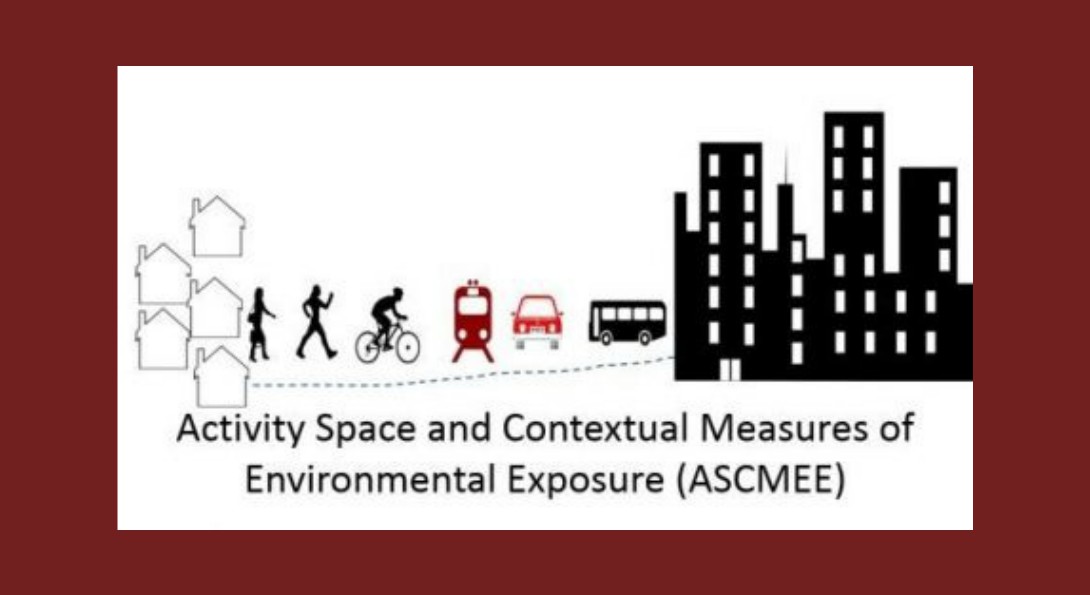Activity Space and Contextual Measures of Environmental Exposure

ASCMEE
Science on how the environment matters for health is generally based on the environment where people live. But most people regularly conduct activities and spend time in other neighborhoods where they may encounter different environments. Thus, focusing on residential environments alone may mischaracterize people’s total environments and lead to erroneous conclusions about the role of the environment in health. There are many questions about how to best measure people’s activity spaces. Building on our prior work on activity spaces, the goal of this study is to determine how many and the combination of days of global positioning system (GPS) tracking that are needed to represent people’s activity space, as well as whether one time period of GPS tracking is sufficient. We will also explore how activity spaces derived from GPS tracking compare to those derived from questionnaires. African American, Latino, and white adults from four community areas on Chicago’s west side participated in up to six weeks of data collection at two time periods, six months apart.
This research is ongoing and funded by the National Cancer Institute (R21CA195543) and is led by Dr. Zenk and Stephen Matthews, PhD at The Pennsylvania State University.
Publications and Presentations Heading link
Jones KK, Matthews SA, & Zenk SN. (2019). Activity space measurement and operationalization: On the necessity of operationalization based on theory. American Association of Geography, Washington, DC
Kraft A, Jones KK, Lin T, Matthews SA, & Zenk SN. (2019). Stability of activity-space footprint, size, and environmental features over six months. Spatial and Spatio-temporal Epidemiology, 30, 100287.
Zenk SN, Kraft A, Jones KK, & Matthews SA. (2019). Convergent validity of an activity-space survey for use in health research. Health & Place, 56, 19-23.
Zenk SN, Matthews SA, Kraft A, & Jones KK. (2018). How many days of global positioning system (GPS) monitoring do you need to measure activity space environments in health research? Health & Place, 51: 52-60.
Matthews SA, Zenk SN, Li Z, Xiang A, Kraft-Castellon A, & McKinnon K. (2016). New methods for describing and measuring spatial-temporal exposure to multiple places: Developments from the Activity Space and Contextual Measures of Environmental Exposures (ASCMEE) Study. Conference on Geospatial Approaches to Cancer Control and Population Sciences, Bethesda, MD (Oral)
Zenk SN, Matthews SA, Li Z, Kraft-Castellon A, Wyrwa A, Nunez J, & Xiang A. (2016). Days and timepoints of GPS tracking needed to capture usual activity spaces for cancer prevention and control research: Results from the Activity Space and Contextual Measures of Environmental Exposures (ASCMEE) Study. Conference on Geospatial Approaches to Cancer Control and Population Sciences, Bethesda, MD (Poster)